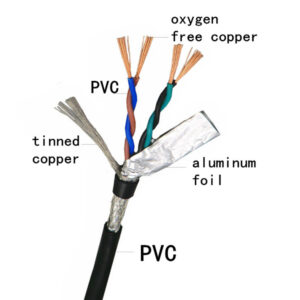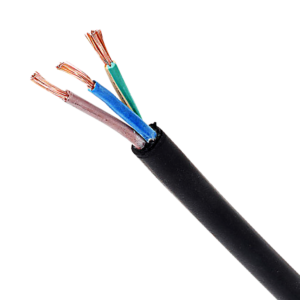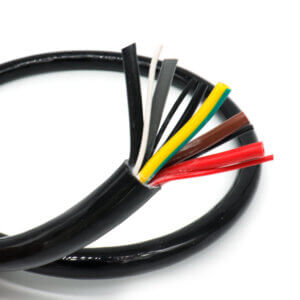Shielded Cable: Braid Shield vs. Foil Shield
What is Cable Shielding?
Cable shielding is a conductive layer placed outside the insulation of a cable, designed to provide electromagnetic shielding. This shield typically consists of materials like foil aluminum, copper braid, or tinned copper braid.
Why Do You Need Cable Shielding?
In today’s increasingly hostile electromagnetic environment, new sources of electromagnetic interference (EMI) are constantly emerging. Radio broadcasts, power switch pulses, and mobile communication systems all generate EMI. To ensure the safe and reliable operation of industrial equipment, it’s essential to incorporate a shielding layer within the cable.
Types of Cable Shields
- Foil Aluminum:
- The most basic type of shielding.
- Lightweight material.
- Commonly found in fire alarm cables and CAT 6 network cables.

- Copper Braid:
- Provides excellent conductive shielding and mechanical properties.
- More expensive than foil aluminum.
- Foil Aluminum + Copper Braid:
- Combines aluminum foil shielding with a tinned copper braid shield.
- Offers superior shielding effectiveness in both low-frequency and high-frequency applications.
- Widely used in industrial automation and power equipment.

Want to Know more about cable shielding? Visit our shield cable page to find more.




